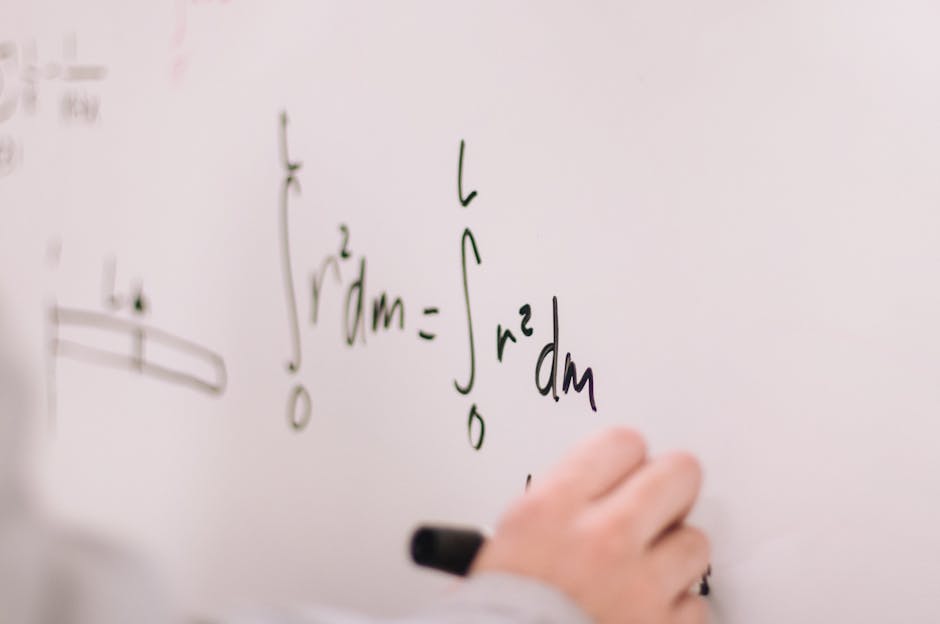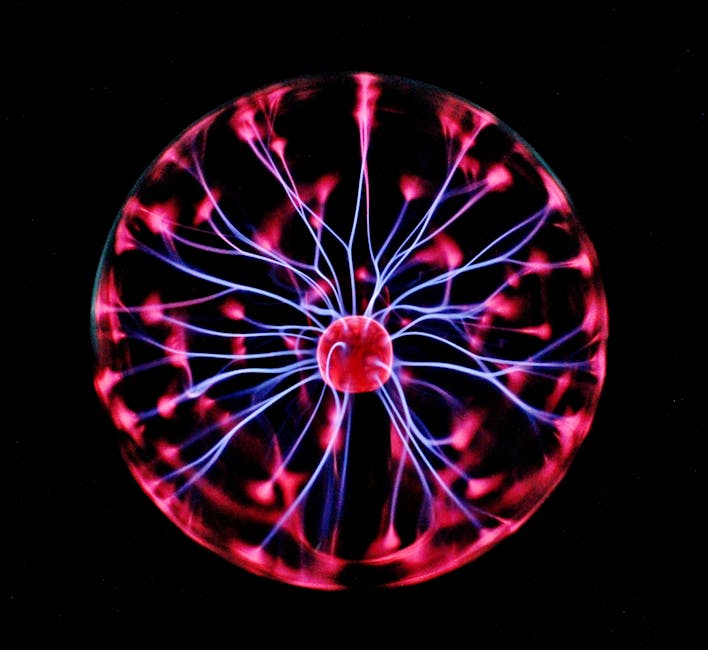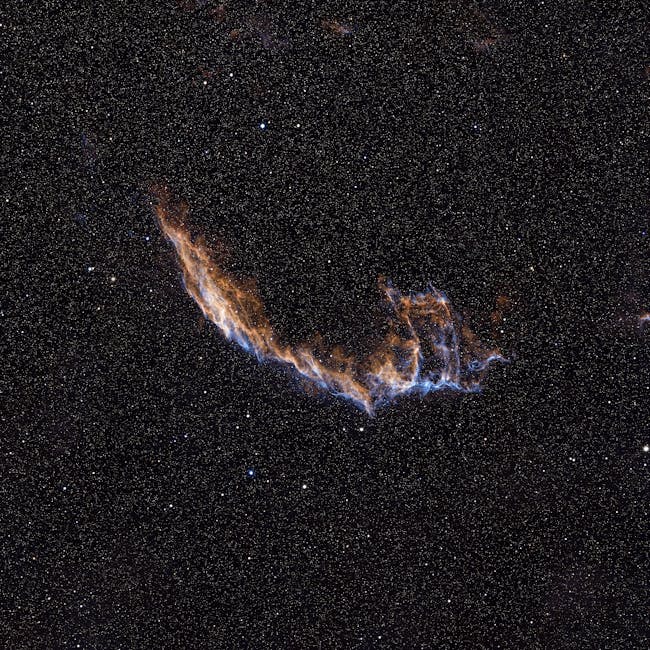Fundamentals of Conduction in Solids
The Atomic Basis of Electrical Conduction At the heart of electrical conduction in solids lies the behavior of electrons. In isolated atoms, electrons occupy discrete energy levels. However, when atoms come together to form a solid, they arrange themselves in a periodic structure known as a crystal lattice. This proximity causes the discrete atomic energy …









